Among the most visited popular and busy tourist spots in Kyoto, dear Reader you will find these four: Kiyomizu-dera, Fushimi-inari, Kinkaku-ji, and Arashiyama. Then again, the whole of Kyoto is full of ‘must-see’ spots, and it really depends on personal preference where one goes.
Having enjoyed Kiyomizu-dera in spite of the crowds (at least the temple, if not the shopping experience), I decided I’d visit Arashiyama, too. I, too, followed the habits of the ancient nobles, or their noble habits, by first going to the temple to receive the prescription, and then headed for the forest, where I’d receive the remedy.
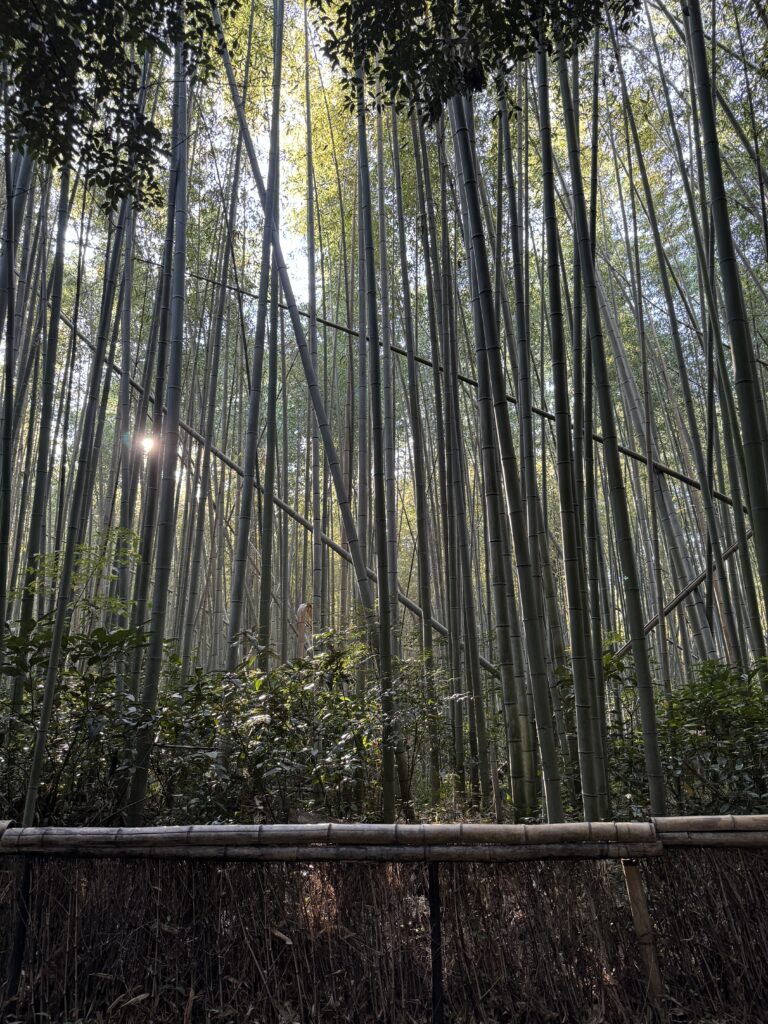
I did also want to see an abundance of bamboo trees for the following reasons:
- Akutagawa’s In the Bamboo Grove
- Yimou’s The House of the Flying Daggers
- The Tale of the Bamboo Cutter (Ghibli’s The Tale of Princess Kaguya)
Expectations aim for greatness, I recall Charles mentioning, and I was ready to encounter the glorious evergreen heart of the forest.
Arashiyama is in the West of Kyoto, about 20 min away from Kyoto Station by train, followed by a walk of 10 min. You can pick to go by one of the train lines, or if you fancy experiencing real traffic situations, take one of the frequent buses outside Kyoto Station. The volunteer helpers in their grape purple shirts will direct you to the right stop, and ask that you form two orderly lines.
The area is popular all year round with the Sakura (cherry) blossom season being the busiest time, and the Momiji (maple) autumn leaves being a close second. As it turned out I was about 25-30 days too early for the blushing of the leaves, and 5 months early for the pink. This doesn’t mean that the popularity of the spot was in any way affected.
There are plenty of activities to consider, and in busy periods one can choose between: queueing up for the boat ride, queueing up for the scenic train ride, queueing up for the famous 100% IG & Arabica coffee, queueing up for chance at being alone (or with the travel partner) breathing in the quiet and calm atmosphere the random desktop wallpaper showed you. All of the above would be more atmospheric if the balance of people per trees was closer to what the old paintings document, rather than contemporary colour-enhanced photography.
“I sit alone
in a secluded bamboo grove,
Plucking the zither
and intoning poems.
No one knows
I dwell deep in the forest.
Only the brilliant moon
comes to join me when it shines.”
Now, you can try and get to Arashiyama early, dear Reader. Say, at 07:00. But you’d need to carry your own snacks, though vending machines will happily supply you with beverages for a small fee. You’d also best prepared to wander happily for a couple of hours or so, for shops, temples, and other facilities will not be open till after 09:00 or 10:00. Another solution is to book nearby accommodation. There are some nice ryokans and onsens in the area.
If crowds overwhelm you, and you feel a sense of dread, akin to the one that made Frodo shout: “Get off the [main] road!”, fear not, for peace and quiet are a few steps sideways. Thus, I headed for the nearby Gio-ji Temple, where the statue of the Buddha of Light is.
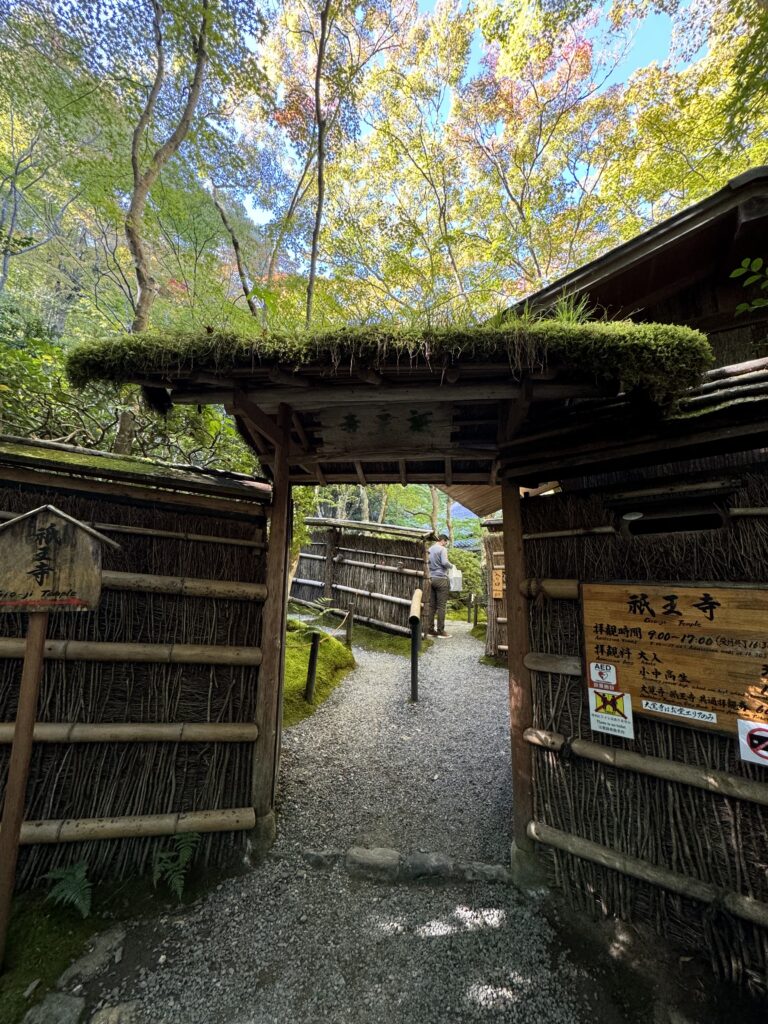
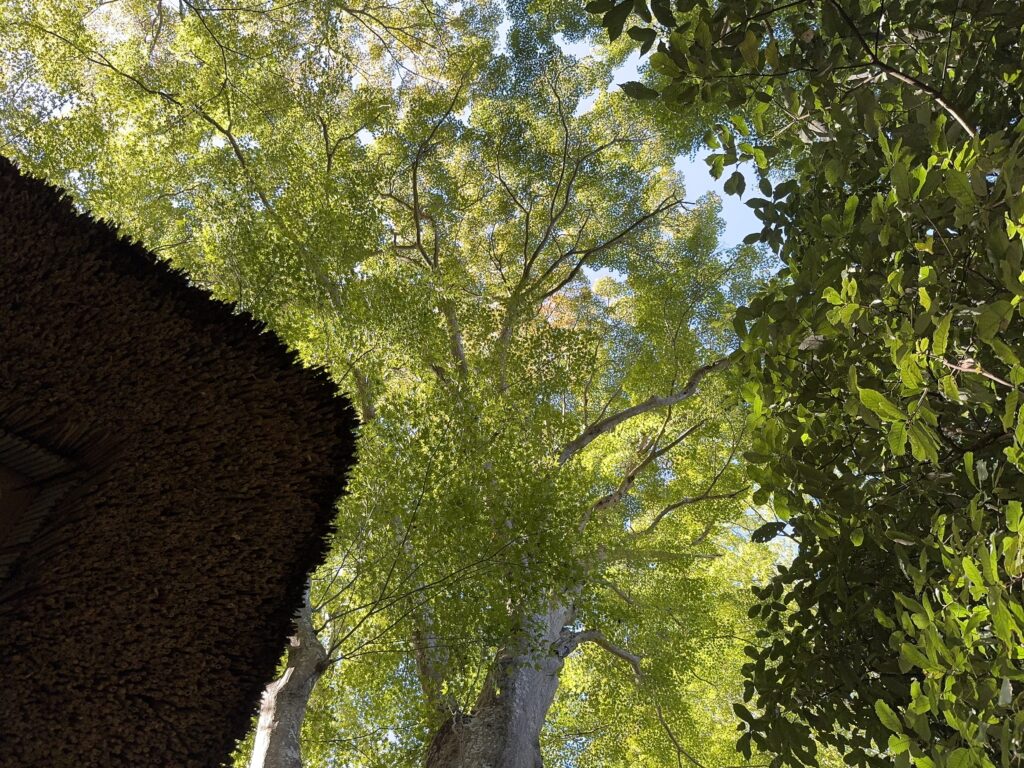
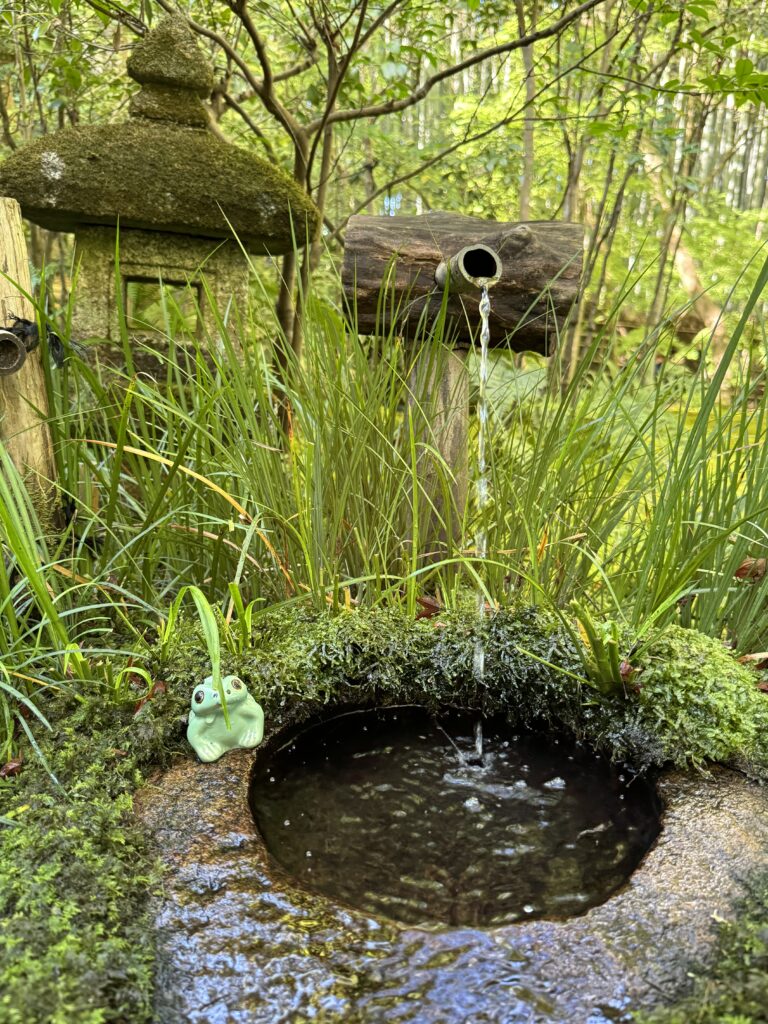
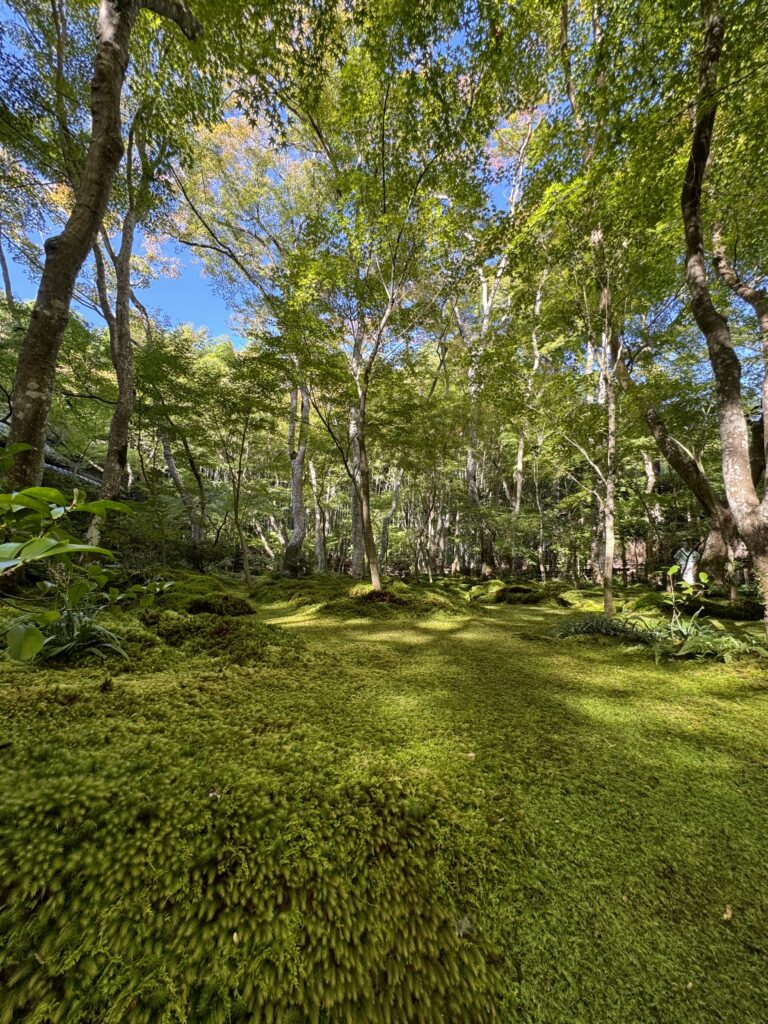
This is a delightful little space, an emerald patch covered in moss, surrounded by trees and the sounds of birds and one’s own footsteps. I find out, this is another one of those retirement spots for a spurned beauty, who moved here after her relationship with the clan leader expired. The Buddhist priestess, Gio (the temple is named after her), lived here with other female members of her close family, and another one of the lord’s exes. Now, I want you to imagine, dear reader, that they had lots of tea, and many gatherings, when they weren’t offering prayers of gratitude for (their) peace and enlightenment (of one who knew no better). These may have been the precursors of the First/Ex-Wives Club.
Close by, there’s the Nison-in Temple, originally near the Fushimi Castle, and later moved here. In the graveyard found in the site of the temple, there are buried members of the imperial family, nobility, famous merchants, and scholars. I tried to go further up the hill, but a carefully placed signs warning of wasps (!) and snakes (but no bears this time) made me realise, I’m not as pure and in harmony with nature as I’d like.
I did get to ring the bell, however, and I spent some time near the yellowing ginkgo tree by the main temple.
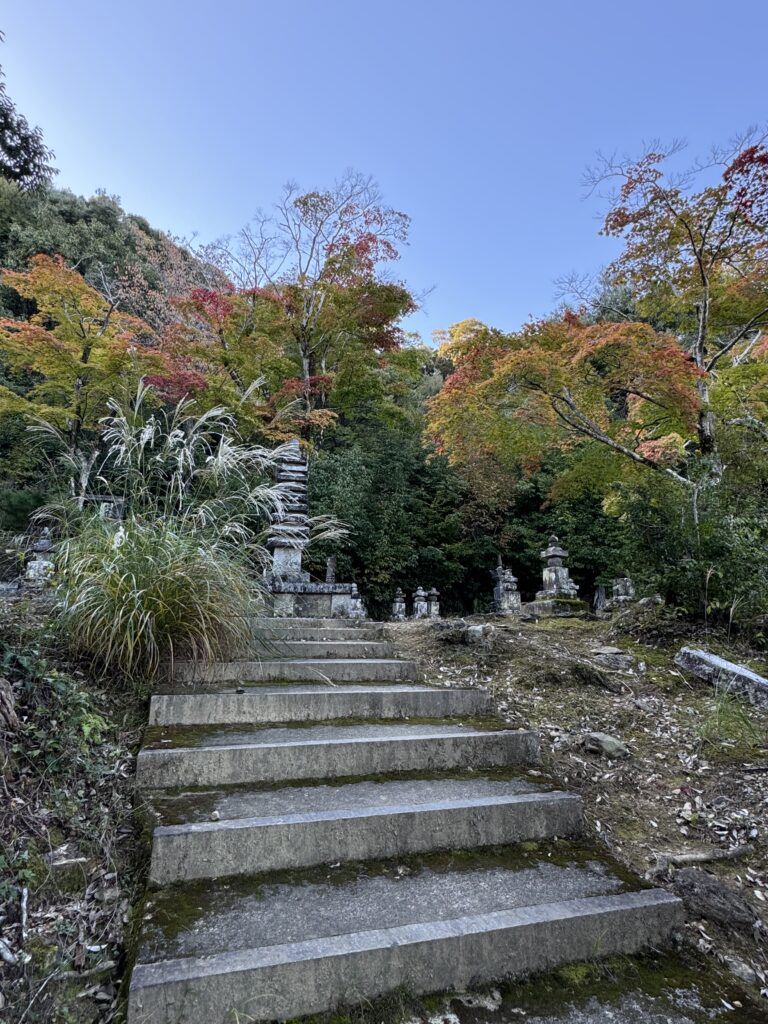
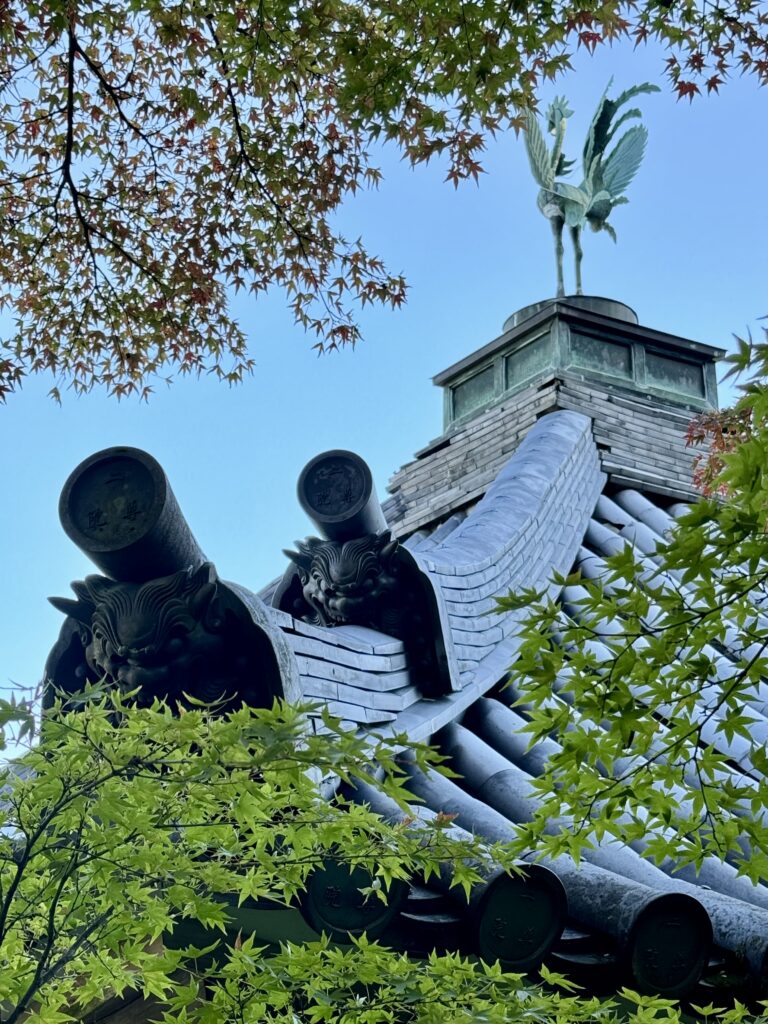
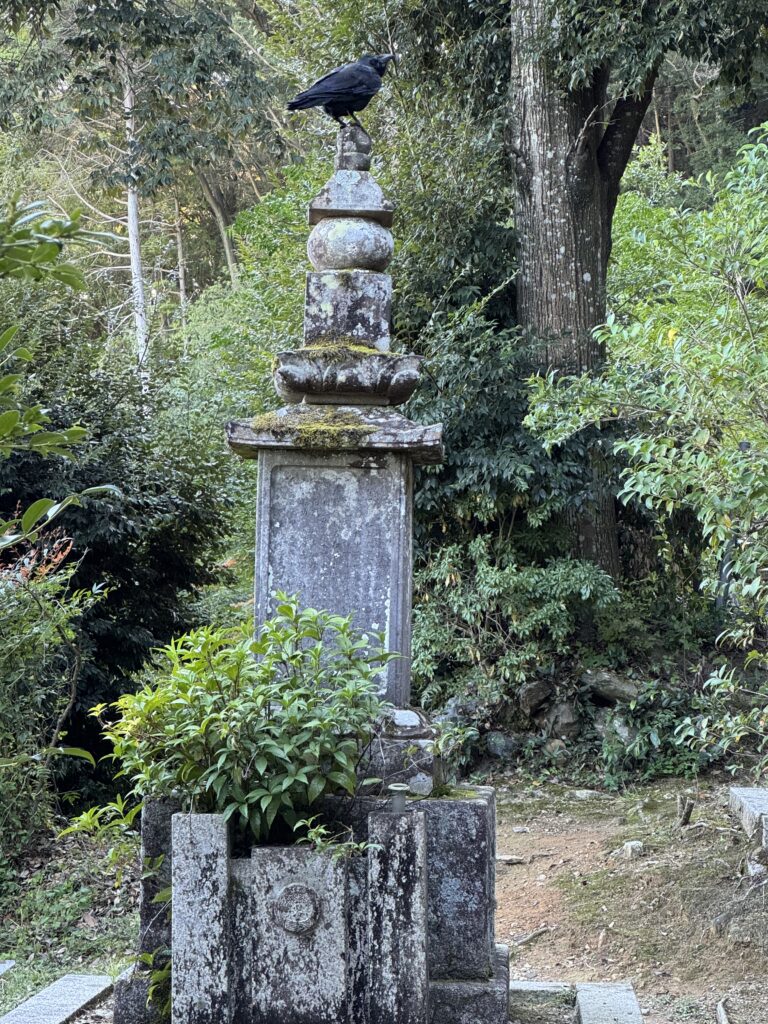
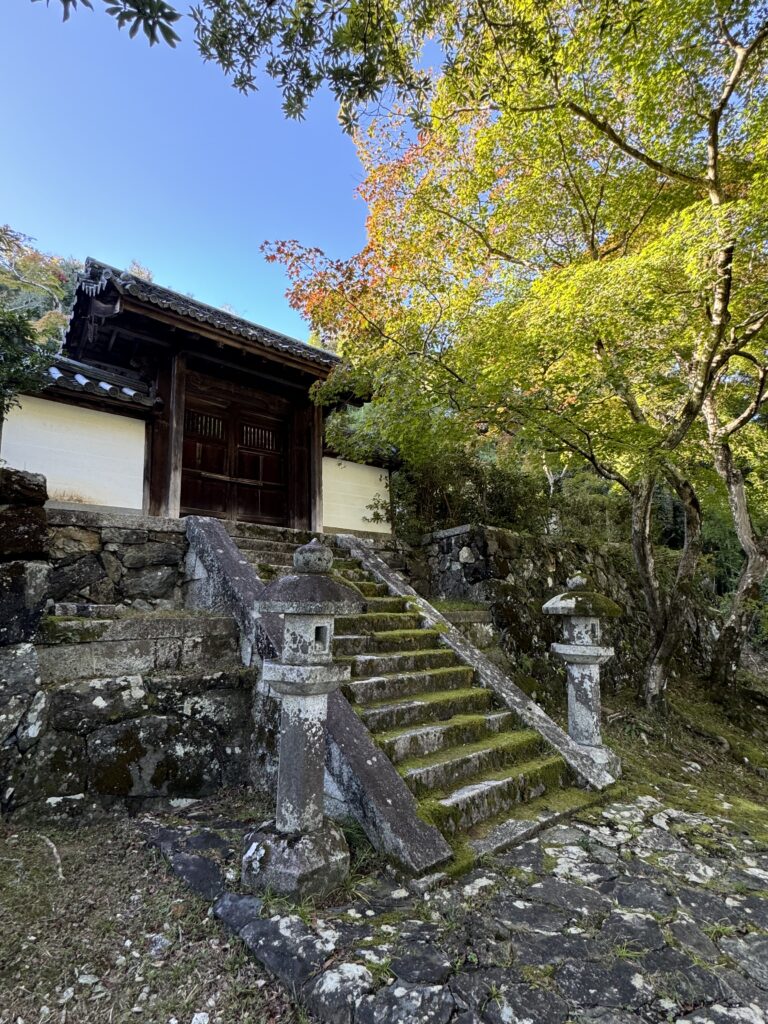
Having realised I am not quite ready to be a hermit, I turned my steps towards the most famous temple in the Saga-Arashiyama area: Tenryuji. En route, there is a lovely pottery shop, Kotouen, with a rich display of Tanuki clay statues outside in its garden and many other every day pottery items worthy of perusing and purchasing inside the store.
Tanuki (here, raccoon dogs) are symbols of good fortune and prosperity. They are sold as souvenirs and are probably displayed in lots of shops, and businesses. In mythology, they are also shapeshifters, and have many roles, one of which is that of a trickster. Then again, (good) fortune, tends to be that.
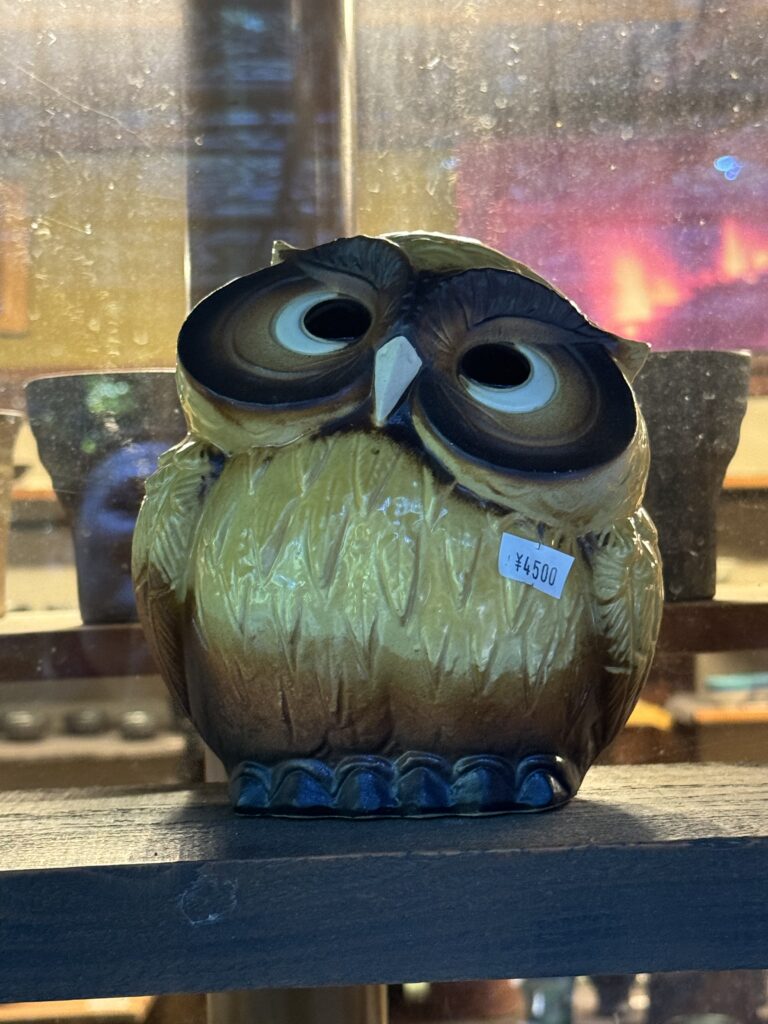
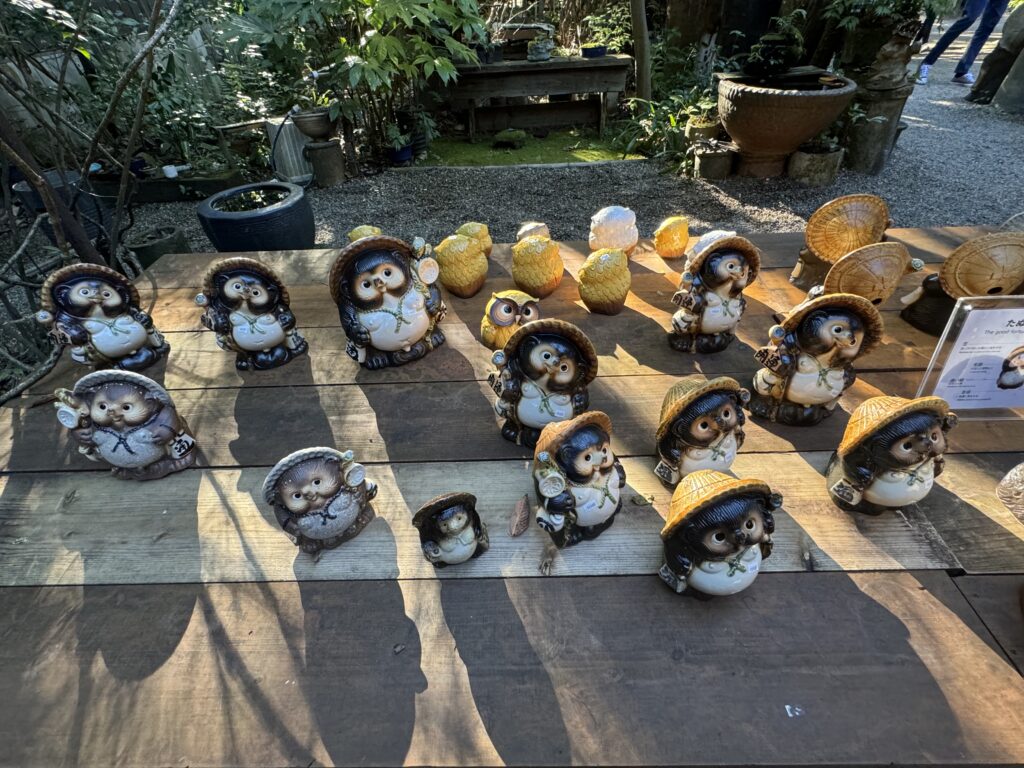
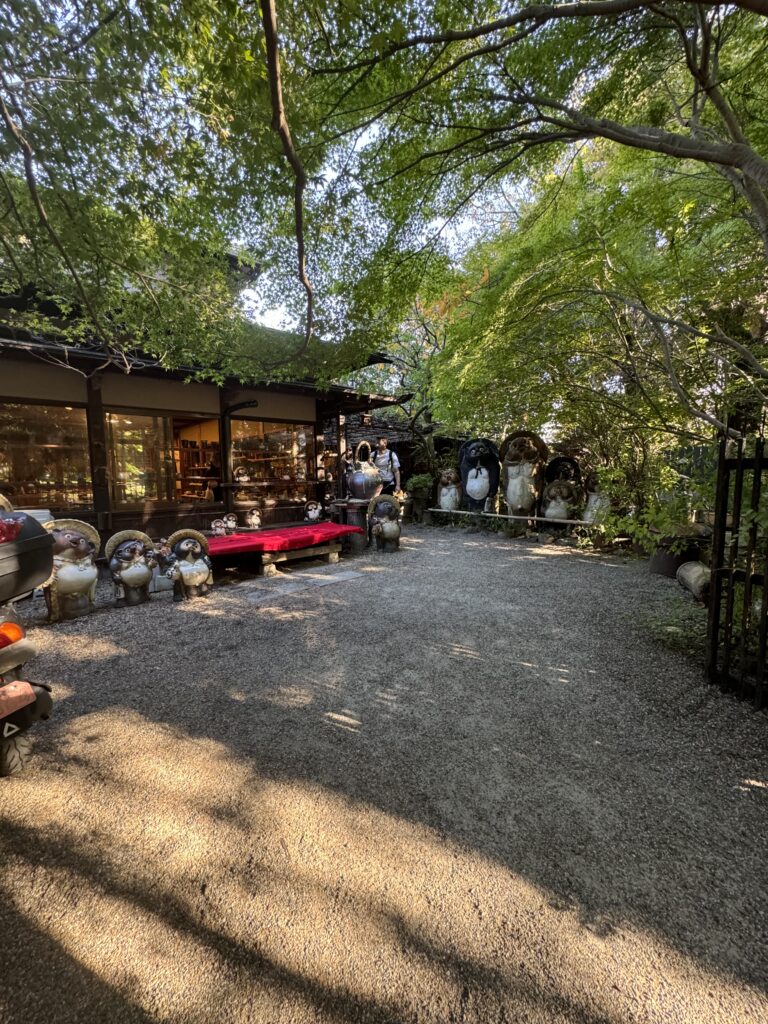
This was another market-type gathering, where the end justifies the means, and by that I mean snapshots are pursued with a sense of urgency, while manners have been left with the bags in the lockers.
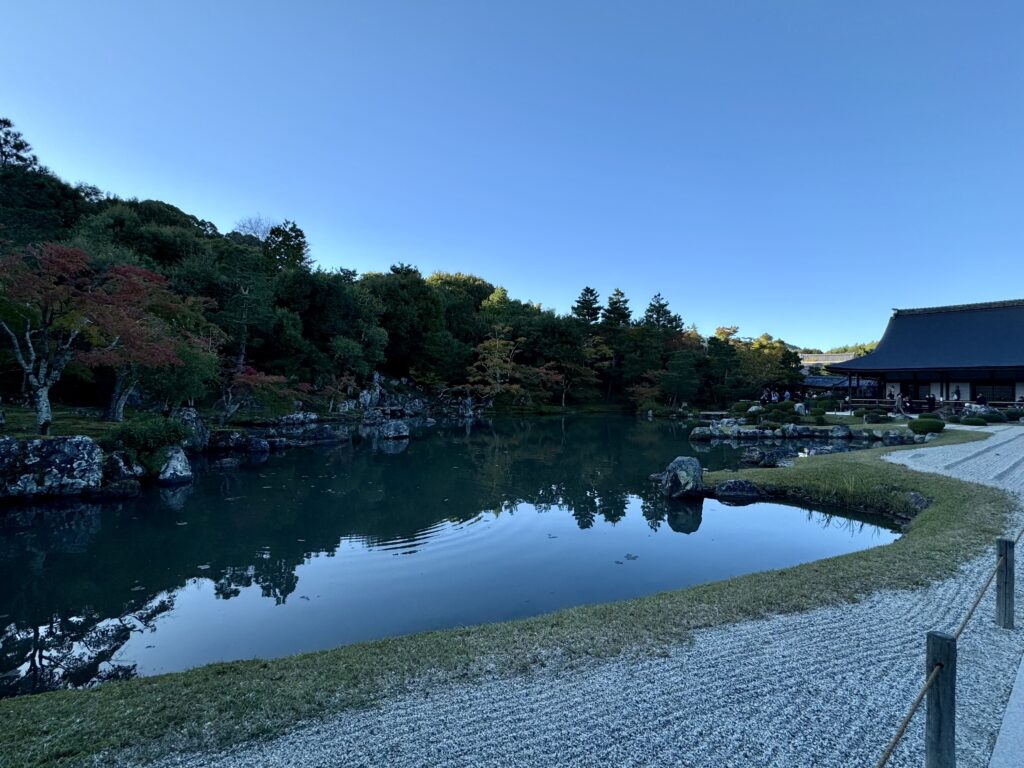
It is one of those moments when you realise how busy, overwrought, and mundane an otherwise sacred place can become. This due to the fact that most of us were too preoccupied with having proof of our presence there, rather than taking in the views. Of course, this is all a matter of perception, for it tends to taint the value of some thing, based on the context we see it in. But, we’d get lost in a meandering path of signifiers and what they mean, if we went down that rabbit hole, dear Reader. Let me simply say, that a measure of fewer people would make the place more appealing, and the overall experience more pleasant.
Good to know: The temple’s Zen restaurant, Shigetsu, offers the opportunity for visitors to try a full course of Shojin-ryori (Zen vegetarian cuisine) provided one books at least three days in advance (though it’s recommended this is not left last minute). Alas, if you do go there on your own, the option is that of 5 dishes, instead of 7. The price range? At the time of writing between ¥3800-¥9000. The good thing about the Tenryu-ji Temple website is that you already find out in advance which days are fully booked.
Having taken a walk in and around the bamboo grove, I did find a small shop of paper, stationery, and other random souvenirs. It looked like the gatehouse of the main residence, for the shop was but an internal garden away from the house. The old lady holding shop understood more English than she could speak, but this didn’t stop her from telling us 3-4 customers, the story of how washi paper is made. This is where pictures come in handy (thank you 19th century book illustrators!), and where having some knowledge of the matter at hand (paper-making) helps you get a general idea of what you are being told.
She demonstrated how strong the paper was, tearing a piece, and twisting it into a string, then wetting it, and asking us to try and tear it apart. Well, it didn’t happen. The process of paper-making was illustrated in 6 or so main steps on the washi paper she used to wrap our purchases with. We also got to hear about how windows (now in acrylic) used to be covered in paper, and how that process unfolded. I have to thank The Ingenuity of the Househusband (Gokushufuduo) and Kenjiro Tsuda, here, for it would have been harder without having seen the episode, to understand what I was being told.
It was impossible not to like her, or not to want to buy half the items in the store, when hearing about how each of them is made. I did like her selling technique, and I do think tea would have been in the service, had we not all decided to carry on with the rest of our itinerary, hurrying along.
Next: a walk by the Katsura river and the Togetsukyo Bridge. The area near the bridge itself is not too busy, but that is because most people are queueing for one or more of the eateries, trying their matcha ice-cream, the local cuisine, or aiming for one or more of the coffee stores nearby. This is where a lot of the rickshaws await in line for tourists who wish to take a ride, and hear about the nearby sights.
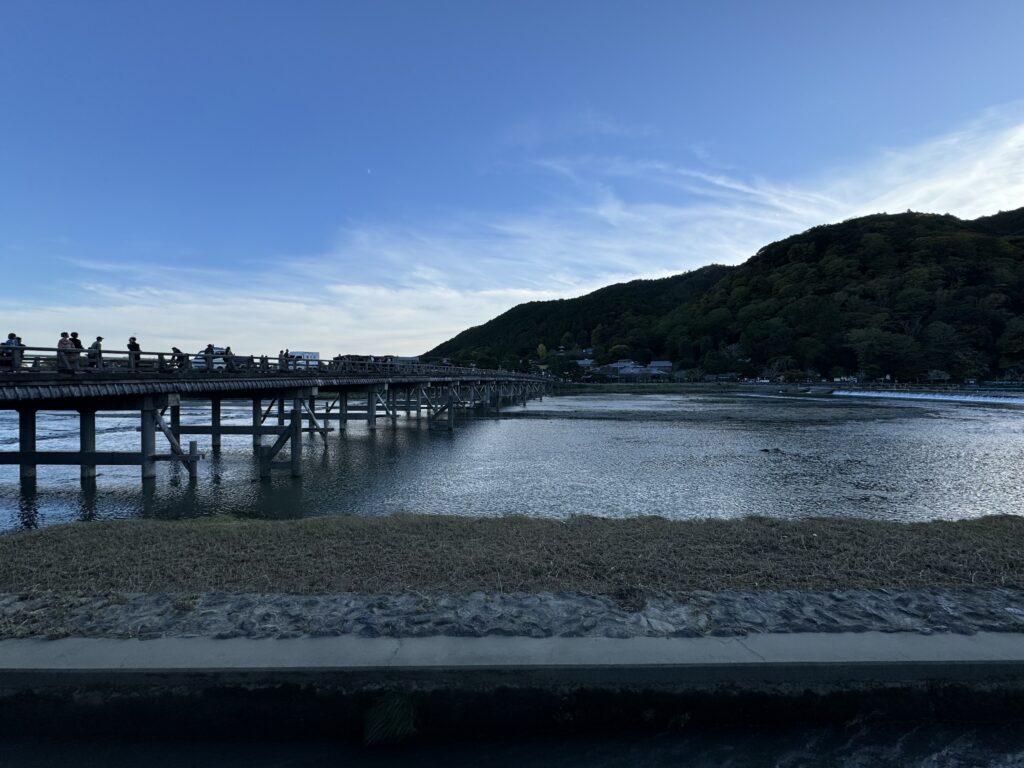
Seeing that the wait would take a while, I opted to take my dinner and coffee back at Kyoto Station. I would probably come back here in a more quiet moment in time – if there is such a thing in the ever-busy and sought-after Kyoto, so that I can enjoy it at a slower pace. Ideally, if you have a concierge, you have them arrange everything, and you just show up, dear Reader.
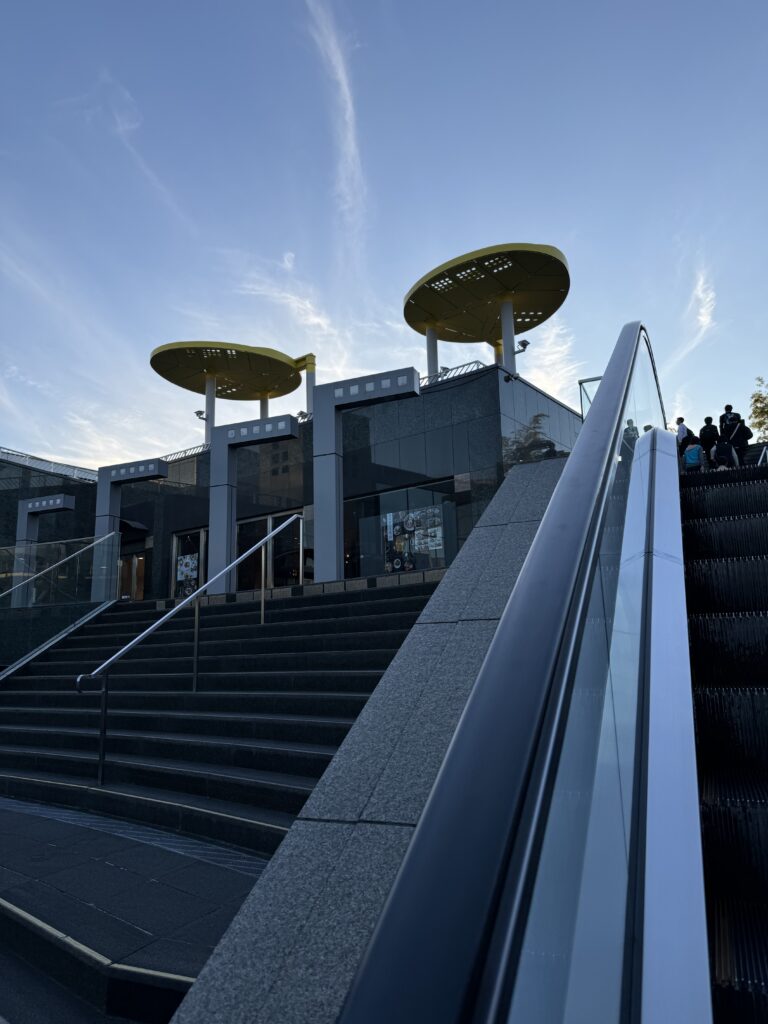
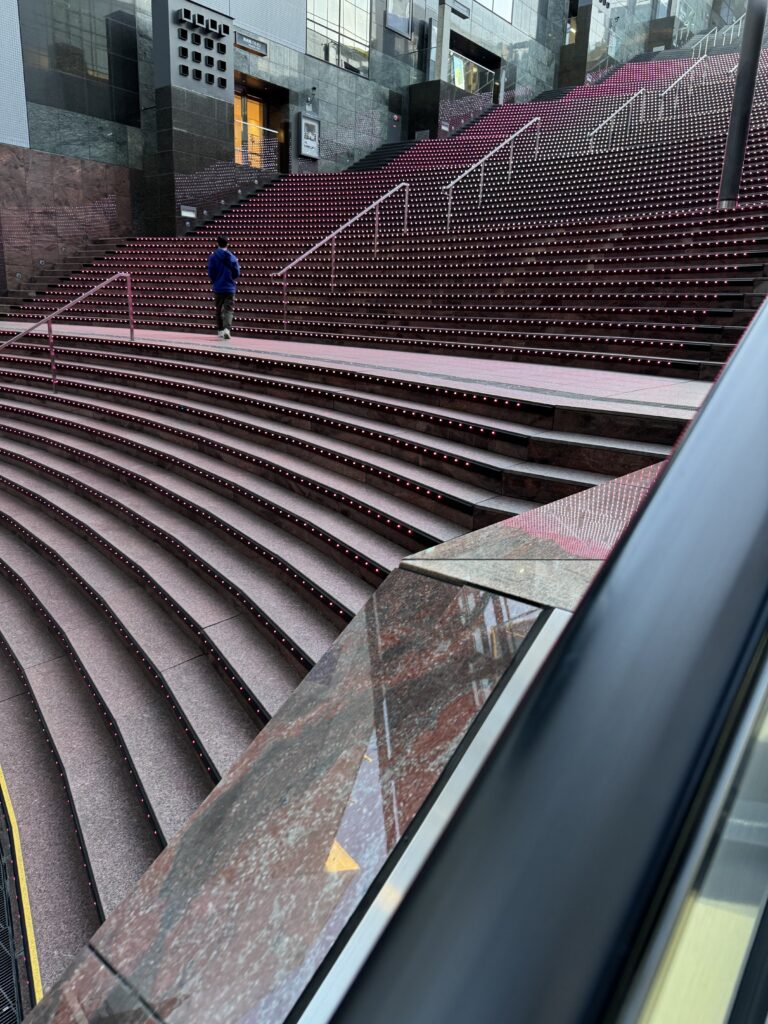
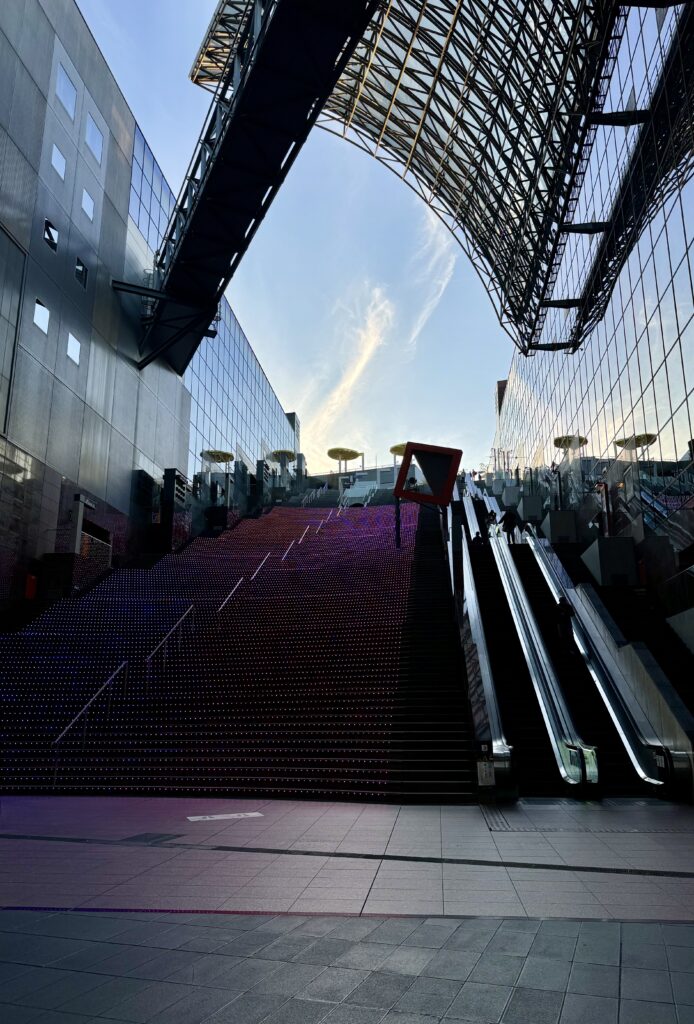
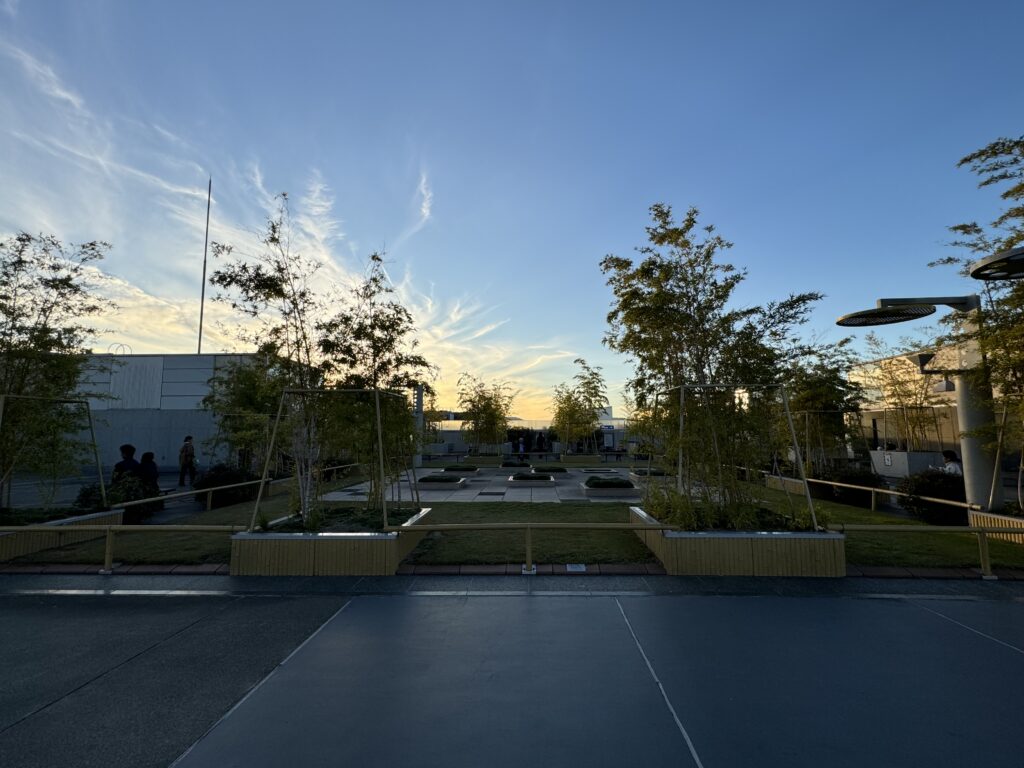
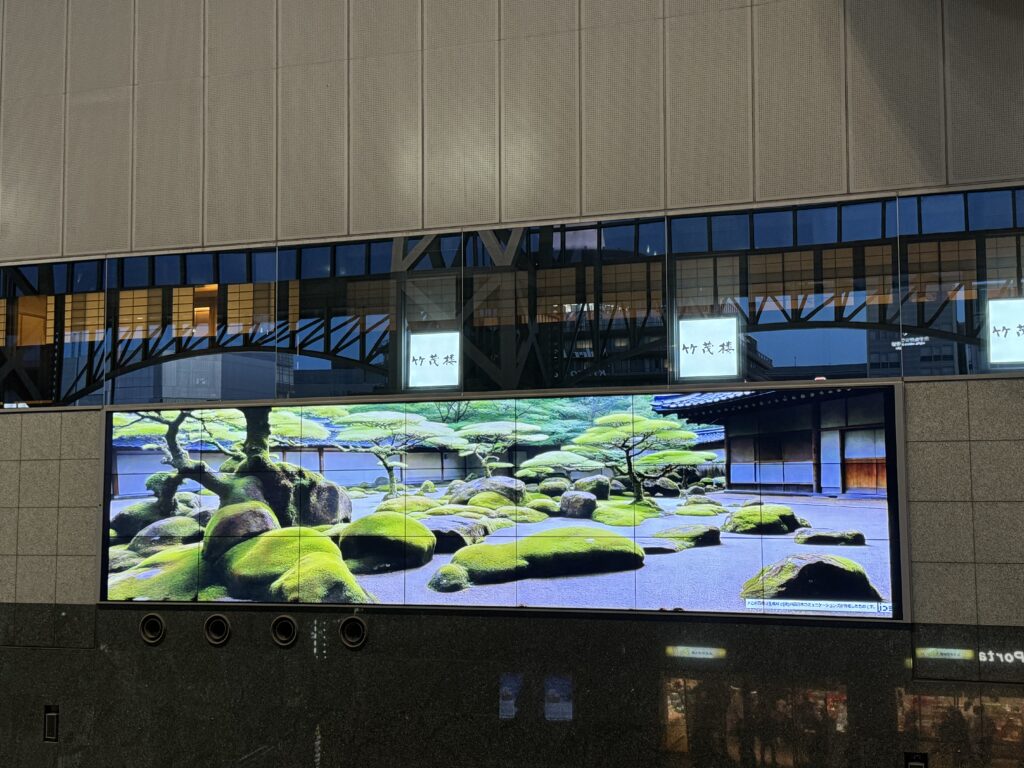
*https://www.metmuseum.org/art/collection/search/853234
